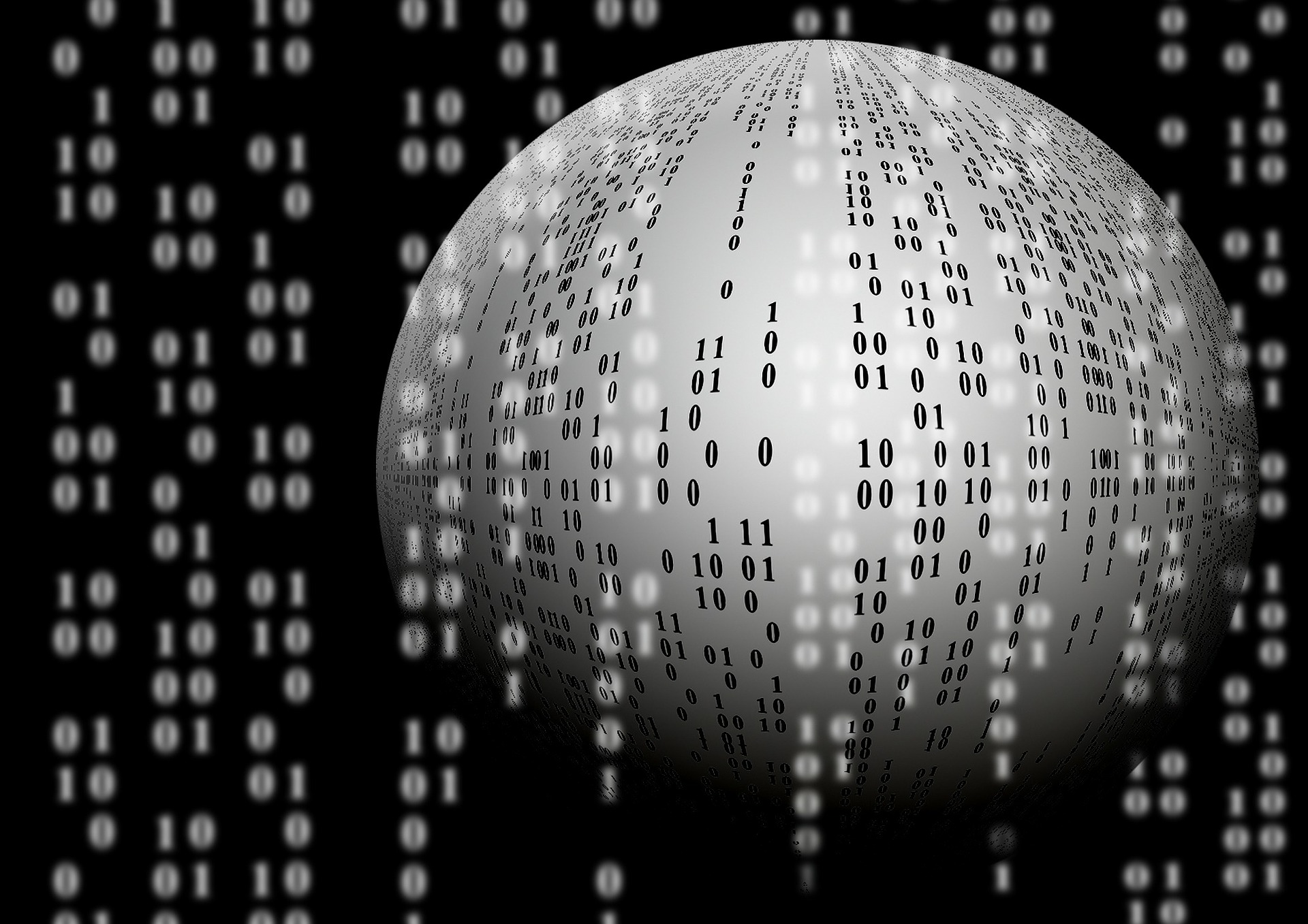
Original title: The DFINITY"Blockchain Nervous System"
By Dominic Williams
Community: Nutshell Universe (ID: DfinityFun)
Community: Nutshell Universe (ID: DfinityFun)
background
background
In order to build a high-performance virtual computer that can expand infinitely in a distributed network, DFINITY has done a lot of work on protocols and cryptography. Ultimately, it is to build a revolutionary "decentralized cloud", a platform that can reconstruct the current mainstream systems with smart contracts. We have successfully built our own set of new technologies, such as Threshold Signature Relay, Validation Towers, Validation Trees, and USCID (Unique State Replication ID), which are slowly gaining wider acceptance.
Many of these new technologies have completely subverted the past rules and principles—for example, the threshold signature relay has greatly improved system security, and at the same time increased the speed to 50 times the current Ethereum, which has greatly improved Dapps. experience.
Our goal is to create a sister network for Ethereum, further expand the EVM's ecosystem, and help Ethereum further strengthen its leadership. To achieve this, new network protocols and cryptography technologies are not enough, DFINITY must bring more innovations, and we hope that Ethereum can also use these new standards.
Paying tribute to Ethereum, in order to truly broaden its ecosystem, DFINITY introduces a new type of decentralized decision-making system——"Blockchain Nervous System"(or"BNS"secondary title

reason for existence
Before diving into how the DFINITY nervous system works, let's review the events and needs that led to it.
Mentougou, Bitfinix and otherHis token was stolen
I think these thefts are a disgrace to the entire crypto economy, but I still want to learn from them. The theft of Bitfinix was the one that shocked me the most. Today, we can query stolen bitcoins worth hundreds of millions of dollars through block browsers, but you can't get them back.
At the same time, Bitfinex has not even published a security analysis report to explain what happened, it sounds like a disaster, and no one knows how to solve it. The point is, when revered like Bitcoin and Ethereum"code is law"On the system, once a large number of tokens are stolen, the only possible solution is to perform a hard fork before falling into chaos. But this is usually very difficult to achieve and will seriously shake the consensus of the community.
This is a very serious issue, and we can only acquiesce in allowing hackers who steal coins to get away with it on many chains. Many times, these hackers who are "technical powerhouses" are deeply parasitic in the community, waiting for the growth of these "bonus pools". Stealing cryptocurrencies like Bitcoin has become a very lucrative opportunity if you're unethical and technically strong enough, and these attacks are only escalating.
For these reasons, I've come to believe that centralized networks need some way to defend against this kind of theft without any need for human intervention by institutions such as foundations, governance committees, mining groups, or other forms of direct human intervention, because they The "decentralization" consensus advocated on the public chain is opposite or even harmful, and this network residency mechanism should be independent of security enhancement mechanisms such as hardware wallets.
This network residency mechanism can attempt to return stolen tokens. If we can reduce the proceeds of theft, hackers will have fewer resources to invest and there will be fewer hackers.
Obviously, a blockchain nervous system that can perform privilege control on token ownership may play a very important role.
Remarks: In order to maximize the efficiency of returning stolen funds in the BNS system, more features will be introduced, which we will discuss more in later articles.
DAO and BUG contract
No matter how you look at it, The DAO is definitely one of the most exciting financial experiments ever. People from all over the world put tokens into a decentralized fund in virtual cyberspace.
This fund raised a total of 14% of the existing ETH at that time, and the huge demand for native tokens caused a very large risk to the entire network. At that time, I belonged to a heresy and opposed it, not because I didn't believe in the concept of DAO itself, but because there were a lot of theoretical flaws in the design used by DAO, which were very obvious to the system designers.
What ultimately led to the failure was not the theoretical flaw mentioned above, but a more common code bug—the smart contract of DAO invoked untrusted code without considering the possibility of reentrancy attacks.
 Because of the DAO's glory days and its demise, I've thought deeply about what happened. Three things are obvious:
Because of the DAO's glory days and its demise, I've thought deeply about what happened. Three things are obvious:
First of all, it takes a long time for the developer community to verify that in order to solve the many challenges involved in using smart contracts to create autonomous systems, and for some important systems, there will always be bugs.
Secondly, it is difficult to find out the potential problems and bugs of the system, which greatly hinders many businesses from building business on the decentralized public computing network, because his senior managers need to find ways to fix hacked or deadlocked systems. key logic.
Third, smart contract codes are completely incomprehensible to the majority of consumers in the market, so defects and problems in the codes will cause everyone to suffer huge losses without knowing it, which is very unfair.
secondary title
accelerated evolution

A few years ago, I launched an MMO (massively multiplayer online) game that ended up getting three million users. Although I accepted VC investment when we reached 1 million users, the early work was done by me and a small team, relatively short of money.
Since our resources are limited, we drive development as efficiently as possible and scale our systems inexpensively as needed.
Developmentally speaking, this meant that we relied heavily on the test unit and had to push updates dynamically without a full suite of test and integration servers.
The biggest challenge is that, at any given moment, there are thousands of people playing a multiplayer game. The client they use connects to a dedicated virtual cluster game server called Starburst.
Sometimes, we release multiple versions of client and server components every day, and our users actually look forward to these updates, so rapid development becomes an important part of the feature set. We need to do this without ruining the gaming experience, while avoiding network crashes and users being unable to connect.
Starburst involves both internal and external agreements. The internal protocol integrates game-specific instructions and functions, and is regularly updated. The external protocol is more stable, responsible for the transmission of messages, RPC and software version numbers, allowing problem versions to be rolled back, and users can smoothly transition between version iterations during play.
These experiences can actually be used in the governance of the blockchain and become the key to establishing a wide range of applications on its network.
I deeply understand the pain in the process of upgrading and evolving the Bitcoin protocol, so the DFINITY network must learn a lesson. The DFINITY network will inevitably involve more complex distributed protocols and designs. If we want to achieve the ultimate goal in a timely manner, developers must spend a lot of effort on system update iterations.
In addition, if problems such as DOS attacks on the Ethereum network occur on DFINITY, DFINITY will take mitigation and repair measures faster to better support a wide range of applications.
By managing the protocol and iterating quickly, the blockchain nervous system can help us meet these challenges. The basic implementation is actually quite simple. Instead of letting Dapps connect directly to core clients like geth or parity (two popular Ethereum clients), Dfinity wraps the client with special reverse proxy software and lets Dapps connect to those proxy software.
The proxy software is connected to the blockchain nervous system and follows its instructions on protocol iteration. When the blockchain decides to iterate at a certain block height, it will pass the specified hash value from the network such as BitTorrent, IPFS or Swarm. to download the client software installation package.
At the right time, the proxy software will temporarily buffer the transaction request and automatically upgrade the client without interrupting the link with the user and the interdependent DAPP (the upgrade is transparent).
Of course, compared to my MMO game, the nervous system needs to be more careful when pushing iterations, because the introduction of serious defects will affect the state of the virtual computer, and even make BNS unable to make a rollback decision.
secondary title
Safer and more optimized economical design

Traditional decentralized networks, such as Bitcoin and Ethereum, have built relatively simple economic models. From the beginning of the protocol, the total amount of their original token issuance is completely or approximately fixed, and miners compete through PoW to win the right to produce blocks, thereby obtaining token rewards. Since the agreement determines the final supply and issuance rate of tokens, token prices are mainly reflected in changes in demand.
Current demand is still speculative in nature, with rising prices generating further demand while increasing the “anxiety” of missing out (known as the Fear of Missing Out, or FOMO). The balance between greed, anxiety, and token issuance is extremely volatile, which directly leads to periodic unpredictable ups and downs in price.
Also in the token price of the Proof-of-Work system, there is also a feedback adjustment of mining power costs. In a Proof-of-Stake system, the price is regulated by the cost of acquiring such tokens.
The problem with the Proof-of-Stake system is that the impact of electricity costs is very small, and the cost of obtaining tokens is often affected by market price fluctuations. In a PoS-like system such as the DFINITY mining client, the client obtains a "mining license" by locking the token as a security deposit, thereby obtaining issuance profits.
The risk is that once the market crashes, the price of tokens will drop sharply, and the cost of becoming a mining node will also become lower. Attackers can create enough mining nodes to break through the upper limit of fault tolerance and control the network at a very low cost. In fact, the attacker may even actively smash the disk for you to achieve your goal.
The fluctuation of public chain token value is a multi-dimensional security issue. Even in the PoW network, the price will indirectly affect the degree of incentives through changes in computing power.
What we think is that DFINITY can actually solve this long-standing problem through its nervous system. Essentially, the nervous system can use its privileged access to the internals of the network to dynamically alter any economic parameter it deems necessary.
For example, if the price of DFINITY token plummets, BNS can increase the amount of deposit; if this situation continues, it can also increase mining rewards to support the normal operation of the network. Potentially, it could even limit the joining of new mining nodes, forcing applicants to wait, preventing too many new miners from joining and taking control of the network.
As we will see, the decision-making of the blockchain nervous system starts from the purpose of increasing the value of DFINITY's native token for a long time, thereby improving network security. The invisible hand of the market will drive it to make the most informed decisions about security, network scaling, and token issuance.
secondary title
How to govern the evil self-consistent market?
An autonomous blockchain system built using smart contracts will be one of the most powerful technological facilities ever created. This makes it possible to refactor key business logic, such as Uber and massive information transfers in an open form without intermediaries.
In essence, this offers limitless possibilities for moving key businesses, such as the sharing economy, away from intermediaries rooted in geography, and into cyberspace and the internet itself.
This has huge potential benefits for the entire human society, but a network autonomous system also has potential dangers. The dangers they bring may even threaten the existence of the network itself that supports them.

Take the assassination market, for example. Some extreme crypto-anarchists have defended them, arguing that assassination markets exist that could constrain behavior in a decentralized world.
Personally, I strongly disagree with the above point of view. More likely they were simply being used by scumbags to assassinate their competitors. But no matter how you look at it, one thing is for sure, the government will definitely not allow it, including the ISIS slave market, child pornography, private data trading, and some things that obviously look very evil.
As a designer of a decentralized network, we strive to make the network indestructible, so that it can survive even if it is attacked by the government. However, the existence of systems such as assassination markets and drug networks may trigger a series of international high-pressure supervision, which will greatly reduce the usability and credibility of the public chain.
Blockchain Nervous System provides a solution. To recap, the goal of BNS, is to maximize the value of the token, so it is driven by the invisible hand of the market.
Because it has absolute control over the network, the blockchain nervous system can freeze them if it finds a system that exposes network users to extreme regulatory pressure, or excludes mainstream users, and may invite attacks. .
Decisions require weighing pros and cons. If BNS's behavior is too strict, too unpredictable, too arbitrary, too harsh, or unjustly shutting down those edge-of-the-box systems, then users will choose to leave the network. We believe that the invisible hand of the market will help DFINITY achieve the best balance.



